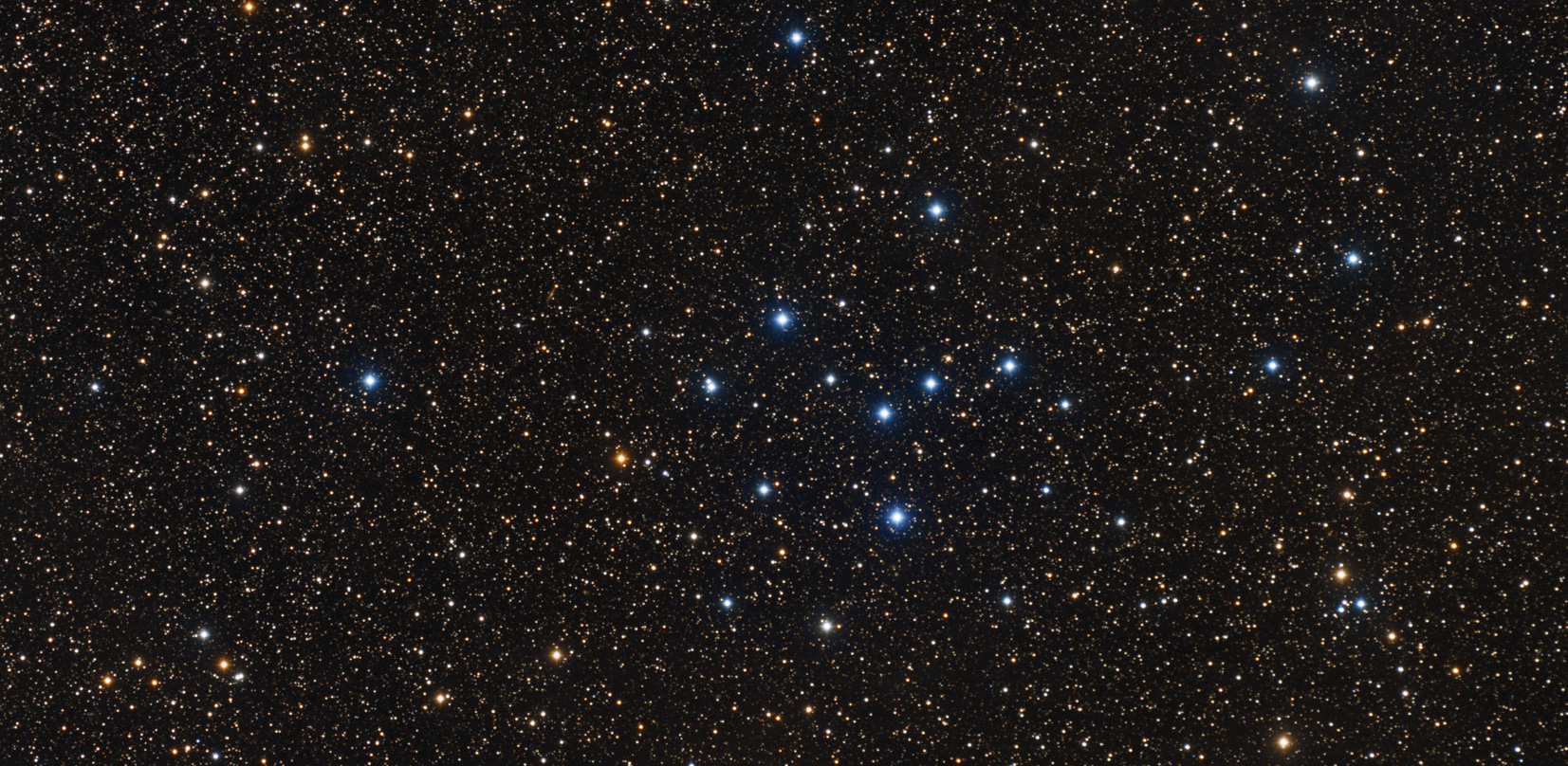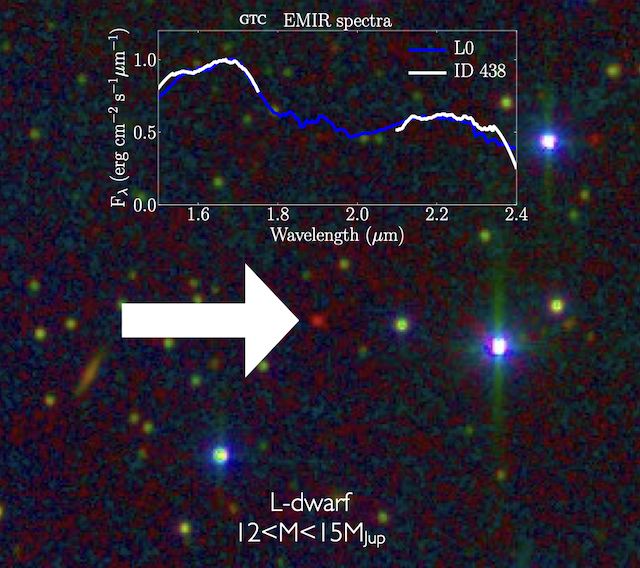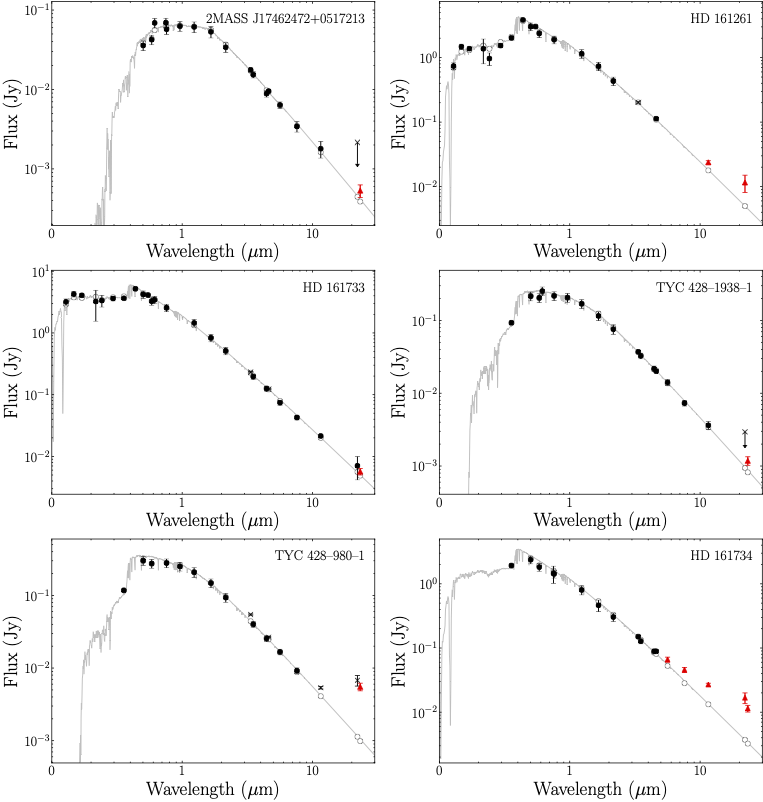
A new census
Combining ground-based images from a time span of 20 years, we computed proper motions and multi-band photometry for more than 2 million sources, covering a magnitude range of 15 mag (7 < J < 22). We complemented this sample with the Gaia mission (GDR2) which includes parallaxes, more precise proper motions, and three photometric bands for the brightest sources (more than a million in this region).
We used a probabilistic model of the distribution of the observable quantities (i.e. parallaxes, proper motions and multi-band photometry) to search for members in this cluster. We find 819 members of IC4665, 50% of which are new members. We used them to study different properties of the cluster which are a diagnostic of the cluster formation and initial evolution. We obtained the present-day system mass function in the range of 0.02–6 Msun, which reveals a number of details not seen in previous studies. The observed projected (2D) spatial distribution of the cluster favors a spherically symmetric model with no mass segregation
Our membership analysis represents a significant increase in the quantity and quality (low contamination) with respect to previous studies. We are currently profiting it to carry on other investigations such as the detection of debris discs (see below) or exoplanets which can shed light on the planetary formation process. Additionally, we are analyzing low-resolution spectra of the faintest members with GTC to confirm their nature and study their atmospheres, a crucial to test evolutionary models at young ages and low masses, and as illustrated in Figure 1.
Debris discs
With this new census we took upon to search for debris discs among the members. The cluster had been observed by both the Spitzer and WISE missions. Because they operated in the mid-infrared (up to ≈24μm), these two satellites were perfect to search for and study circumstellar disc. These discs indeed emit mostly beyond 10;24μm. At the age of IC4665, most of the gas and dust present in the parent circumstellar disc has already been accreted or blown away. But under certain circumstances a tenuous disc, known as debris disc, can still be present around the star. Such "hot" debris discs are believed to be made of circumstellar material coming from planet or planetesimal collisions. The presence and number of such discs gives therefore some clues about the early stages of planetary system formation and evolution.
We found a number of IC4665 members displaying mid-infrared excesses caracteristic of such debris discs, as illustrated in Figure 2 showing the spectral energy distribution of the sources. Photospheric models (i.e. without any contribution from a circumstellar disc) are overplotted as dotted lines.

